Home>Furniture & Design>Bathroom Accessories>Why Is Water Backing Up Into My Bathtub
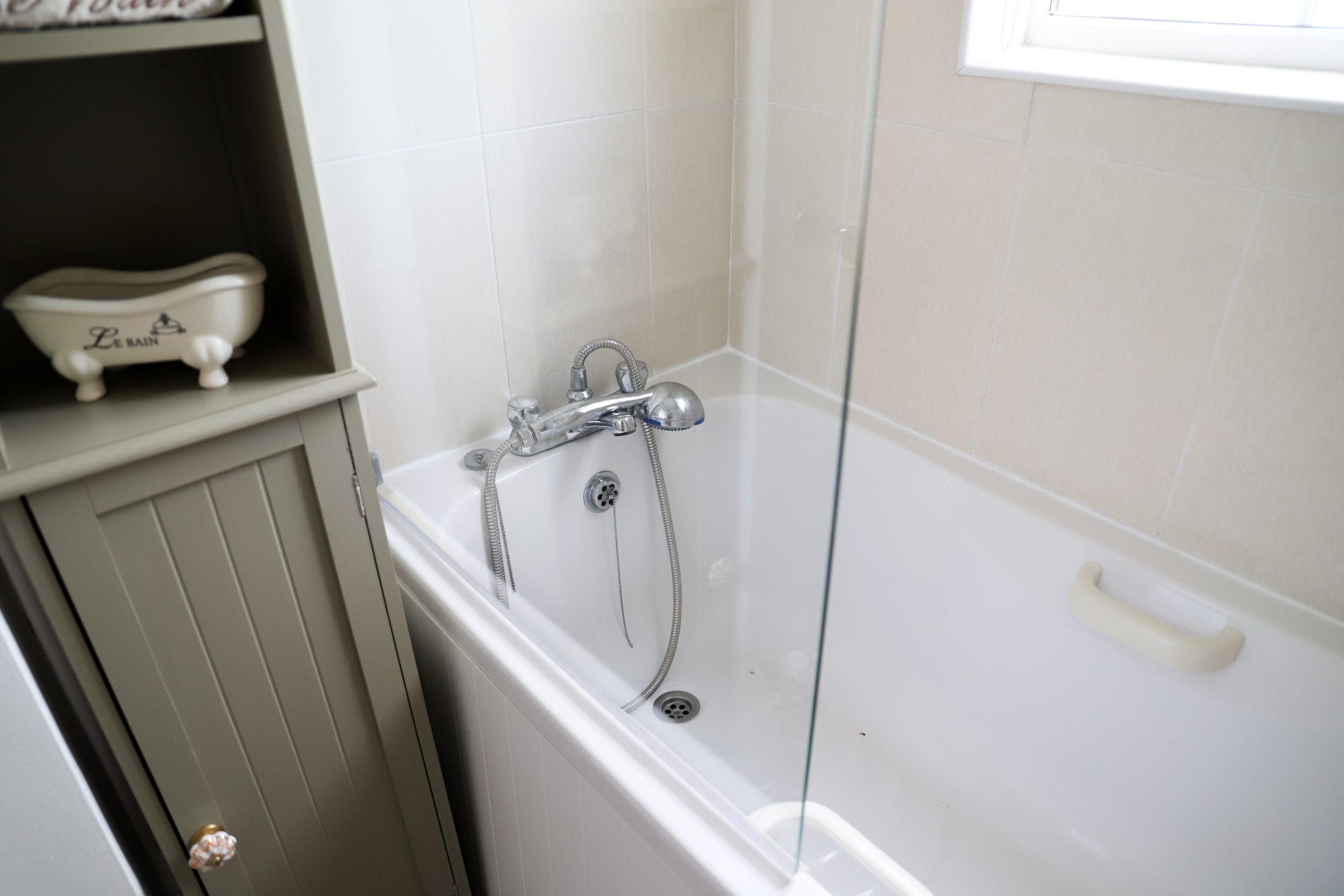

Bathroom Accessories
Why Is Water Backing Up Into My Bathtub
Published: February 20, 2024
Experiencing water backing up in your bathtub? Learn how bathroom accessories can prevent this common plumbing issue and keep your bathroom functioning smoothly. Discover effective solutions now!
(Many of the links in this article redirect to a specific reviewed product. Your purchase of these products through affiliate links helps to generate commission for Storables.com, at no extra cost. Learn more)
Common Causes of Water Backing Up Into Bathtub
When you find water backing up into your bathtub, it can be a frustrating and inconvenient issue. Understanding the common causes of this problem can help you identify and address it effectively. Here are some of the most frequent reasons why water may be backing up into your bathtub:
-
Clogged Drain: One of the primary culprits behind water backing up into the bathtub is a clogged drain. Over time, hair, soap scum, and other debris can accumulate in the drain, obstructing the flow of water and causing it to back up into the tub.
-
Main Sewer Line Blockage: A blockage in the main sewer line can lead to water backing up into various fixtures in your home, including the bathtub. This can occur due to tree root intrusion, debris accumulation, or structural issues within the sewer line.
-
Faulty Vent Stack: The vent stack plays a crucial role in allowing air to enter the plumbing system, facilitating proper drainage. If the vent stack is obstructed or damaged, it can cause water to back up into the bathtub and other drains in the house.
-
Issues with the P-Trap: The P-trap, a curved section of pipe located beneath the bathtub, is designed to prevent sewer gases from entering the home. However, if the P-trap becomes clogged or damaged, it can impede the flow of water and lead to backups in the bathtub.
-
Septic Tank Problems: For homes connected to a septic system, issues such as a full or malfunctioning septic tank can result in water backing up into the bathtub. Inadequate maintenance or a need for septic tank pumping can contribute to this problem.
-
Improperly Installed or Damaged Plumbing: In some cases, water backing up into the bathtub may be attributed to poorly installed or damaged plumbing components. Leaks, cracks, or misaligned pipes can disrupt the proper flow of wastewater, causing backups in the bathtub.
Understanding these common causes can empower you to take the necessary steps to address the issue effectively. By identifying the source of the problem, you can implement targeted solutions to restore proper drainage and prevent water from backing up into your bathtub.
Key Takeaways:
- Don’t Let Water Back Up!
Keep an eye out for clogged drains, sewer line blockages, and P-trap issues to prevent water from backing up into your bathtub. DIY solutions can help, but call a professional if needed. - Listen to Your Bathtub
Gurgling sounds and slow drainage are signs of potential plumbing issues. DIY solutions like boiling water and homemade drain cleaner can help, but professional plumbers are there for persistent problems.
Read more: Why Is Sewage Backing Up In Bathtub
How to Identify the Source of the Problem
Identifying the source of water backing up into your bathtub is crucial for implementing the appropriate solution. Here are several steps to help you pinpoint the underlying issue:
-
Observe Drainage Patterns: Pay attention to the drainage patterns in your home. If water backs up into the bathtub when using other fixtures, such as the sink or toilet, it may indicate a main sewer line blockage. Conversely, if the bathtub is the only fixture experiencing backups, the issue likely lies within the bathtub's drainage system.
-
Check for Gurgling Sounds: When using the bathtub or other plumbing fixtures, listen for gurgling sounds coming from the drains. These noises can indicate air bubbles trapped in the plumbing system, potentially signaling a vent stack obstruction or other ventilation issues.
-
Inspect the P-Trap: The P-trap beneath the bathtub is a common location for clogs to form. Remove the overflow cover and visually inspect the P-trap for any visible blockages, such as hair, soap residue, or foreign objects. Additionally, check for any signs of damage or deterioration in the P-trap.
-
Examine the Vent Stack: Ascend to the roof and inspect the vent stack for any obstructions, such as debris, bird nests, or physical damage. A clear vent stack allows air to enter the plumbing system, facilitating proper drainage and preventing backups.
-
Assess Other Drains: Test the drainage in other fixtures throughout your home to determine if the issue is localized to the bathtub or if multiple drains are experiencing problems. This can help narrow down the potential sources of the problem.
-
Consider Recent Changes: Reflect on any recent changes or activities that may have contributed to the issue. For instance, landscaping work near the sewer line, renovations involving plumbing alterations, or changes in water usage patterns could be relevant factors.
By systematically evaluating these key areas, you can gain valuable insights into the source of the problem. This proactive approach enables you to make informed decisions when addressing the issue, whether through DIY solutions or by seeking professional assistance.
DIY Solutions for Clearing a Clog
Dealing with a clogged bathtub drain can be a common yet frustrating household issue. Fortunately, several do-it-yourself (DIY) solutions can effectively clear a clog and restore proper drainage. Before attempting any DIY remedies, it's essential to ensure your safety and use appropriate tools and methods. Here are some practical DIY solutions for clearing a clog in your bathtub drain:
1. Boiling Water
Boiling water can be a simple yet effective first step in clearing minor clogs. Carefully pour boiling water directly into the drain to help dissolve and dislodge soap scum, hair, and other debris that may be causing the blockage. This method is best suited for organic clogs and should be used with caution to avoid splashing.
2. Homemade Drain Cleaner
A homemade drain cleaner can be created using a combination of baking soda and vinegar. Start by pouring a cup of baking soda down the drain, followed by a cup of vinegar. The resulting chemical reaction can help break down the clog and clear the drain. After allowing the mixture to sit for about 30 minutes, flush the drain with hot water to remove any remaining debris.
Read more: Why Is My Basement Drain Backing Up
3. Plunger
Using a plunger designed for drains, create a tight seal around the bathtub drain and plunge vigorously to dislodge the clog. This method can be effective for minor to moderate clogs and is a relatively simple and inexpensive DIY solution.
4. Drain Snake or Auger
For more stubborn clogs, a drain snake or auger can be used to physically remove the blockage. Insert the tool into the drain and rotate it to break up and extract the clog. Exercise caution to avoid damaging the drain pipes while using this method.
5. Remove and Clean the P-Trap
If the clog persists, consider removing and cleaning the P-trap located beneath the bathtub. Place a bucket beneath the P-trap to catch any water or debris, then carefully unscrew and remove the trap. Clean out any accumulated gunk, hair, or foreign objects before reattaching the P-trap.
By employing these DIY solutions, you can often effectively clear minor to moderate clogs in your bathtub drain. However, if the clog persists despite your efforts or if you encounter more complex plumbing issues, it may be necessary to seek professional assistance to ensure the problem is fully resolved.
When to Call a Professional Plumber
While many bathtub drainage issues can be resolved through DIY efforts, there are certain circumstances that warrant the expertise of a professional plumber. Knowing when to call in a professional can save you time, prevent potential damage to your plumbing system, and ensure that the underlying problem is effectively addressed.
Read more: Why Is My Bathtub Not Draining Water
Persistent or Recurring Clogs
If you've attempted various DIY methods to clear a clog in your bathtub drain, but the issue persists or recurs shortly after, it's advisable to seek the assistance of a professional plumber. Persistent clogs may indicate a more complex underlying issue, such as a partial blockage deep within the plumbing system or a structural problem within the pipes.
Foul Odors or Sewer Smells
The presence of foul odors emanating from your bathtub drain can be indicative of a serious plumbing issue. Sewer smells often suggest a potential problem with the P-trap, vent stack, or sewer line. A professional plumber can conduct a thorough inspection to identify and address the source of the odor, ensuring that your plumbing system is functioning properly and maintaining a healthy indoor environment.
Slow or Standing Water
When water drains slowly or consistently pools in the bathtub, it may signal a more extensive blockage or drainage problem. Professional plumbers have the expertise and specialized equipment to diagnose the root cause of slow drainage and implement targeted solutions. Ignoring persistent drainage issues can lead to water damage and mold growth, making it essential to address the problem promptly.
Unexplained Water Backups
If water backs up into your bathtub or other fixtures without a clear cause, such as excessive water usage or simultaneous drainage, it's crucial to enlist the services of a professional plumber. Unexplained water backups can indicate a more significant issue within the plumbing system, such as a main sewer line blockage or a malfunctioning septic system. A professional assessment can help identify and resolve the underlying problem effectively.
Read more: Why Does My Plumbing Keep Backing Up
Structural or Plumbing System Changes
If you've recently undergone renovations, experienced structural changes to your home, or made alterations to your plumbing system, it's advisable to consult a professional plumber. Changes in the layout or structure of your plumbing system can impact drainage and overall functionality. A professional plumber can assess the impact of these changes and make any necessary adjustments to ensure optimal performance.
Complex Plumbing Installations or Repairs
For complex plumbing installations, repairs, or upgrades related to your bathtub or drainage system, it's best to rely on the expertise of a professional plumber. Whether it involves installing a new bathtub, reconfiguring drainage pipes, or addressing intricate plumbing issues, a professional plumber can ensure that the work is carried out safely and in compliance with plumbing codes and standards.
By recognizing the signs that indicate the need for professional intervention, you can proactively address plumbing issues and maintain the integrity of your home's plumbing system. Professional plumbers possess the knowledge, experience, and resources to tackle complex plumbing challenges, providing peace of mind and long-term solutions for your bathtub drainage concerns.
Frequently Asked Questions about Why Is Water Backing Up Into My Bathtub
Was this page helpful?
At Storables.com, we guarantee accurate and reliable information. Our content, validated by Expert Board Contributors, is crafted following stringent Editorial Policies. We're committed to providing you with well-researched, expert-backed insights for all your informational needs.
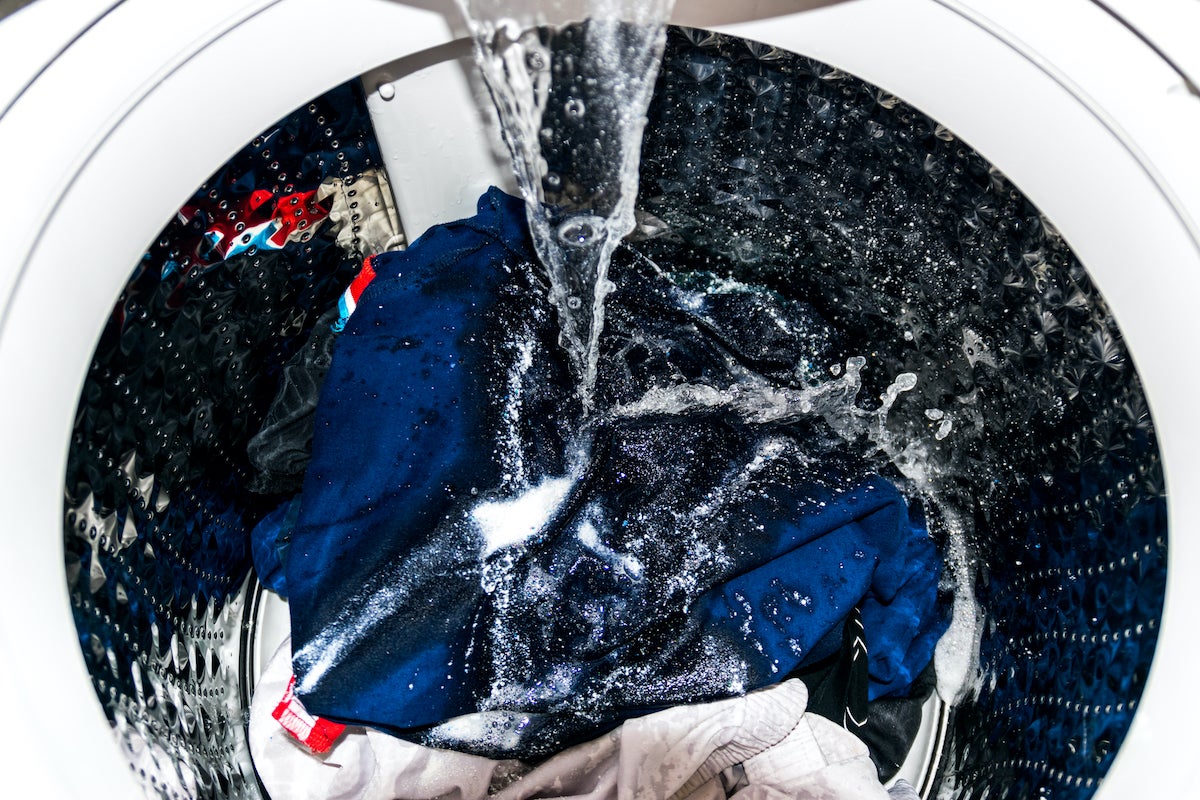
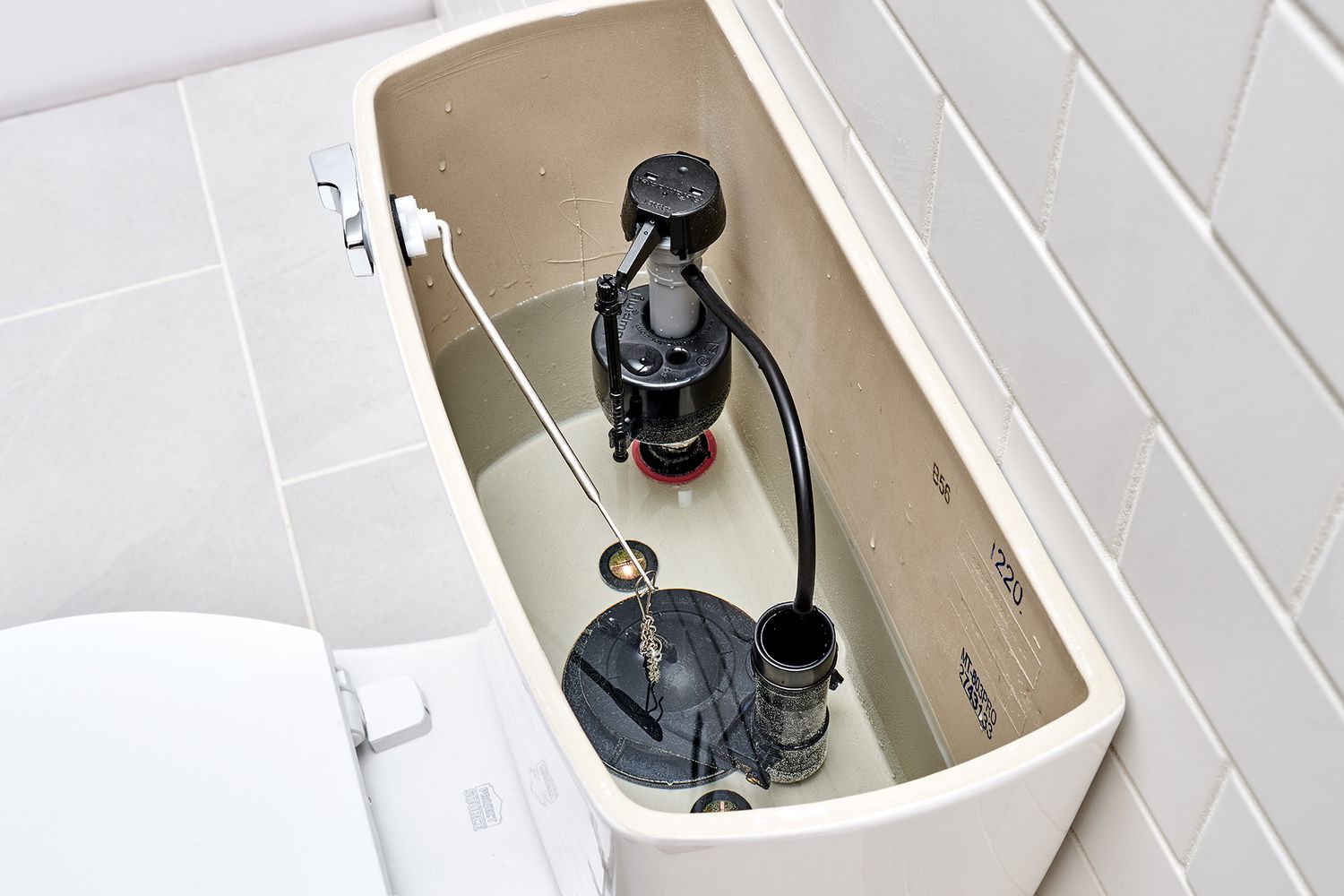
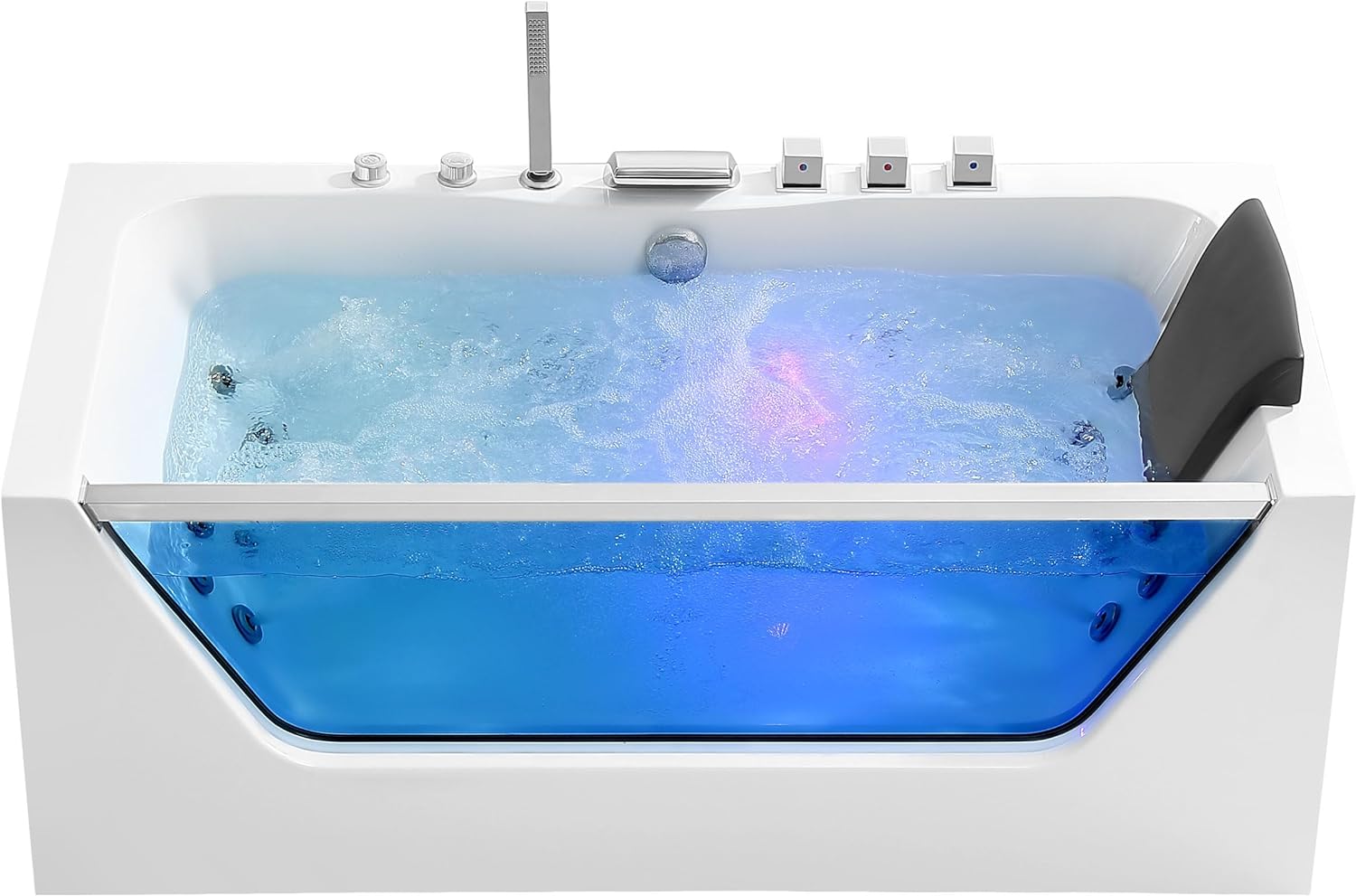
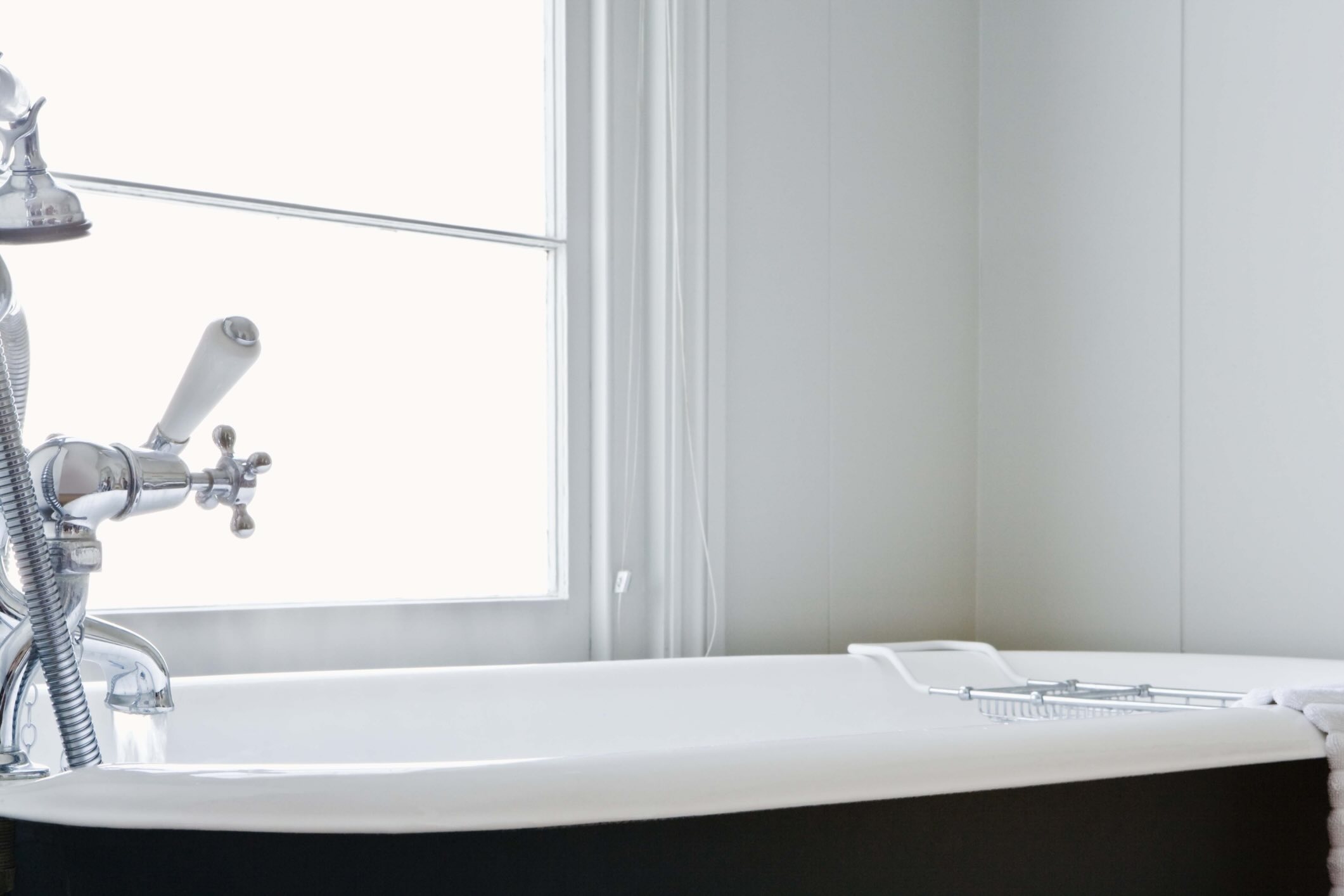
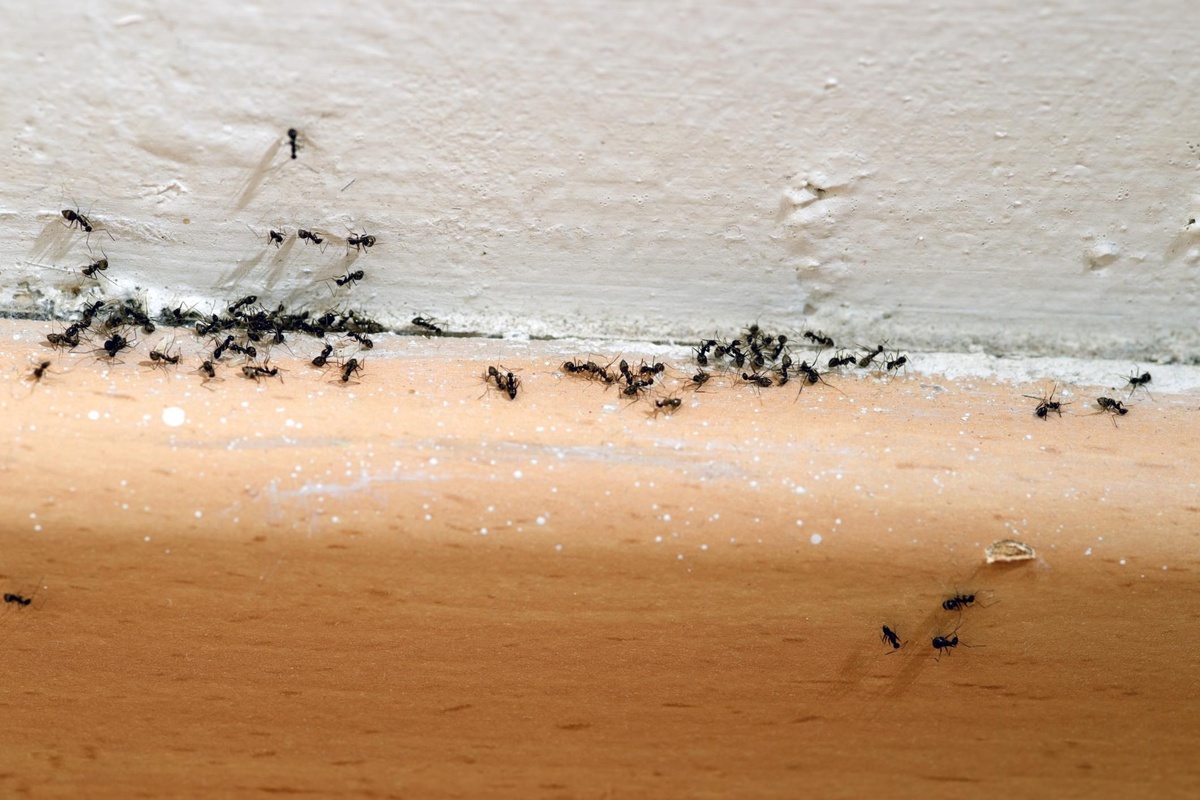
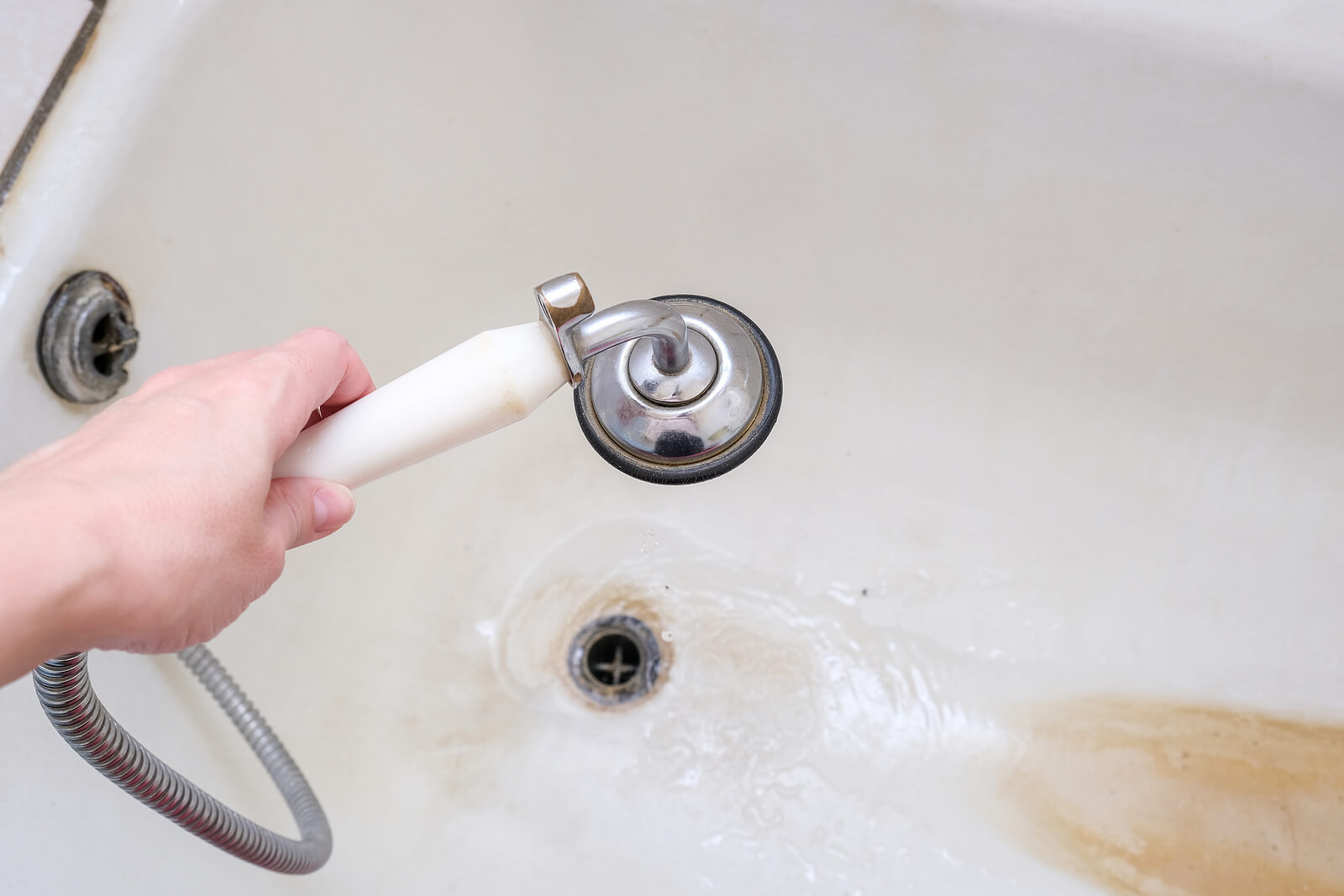


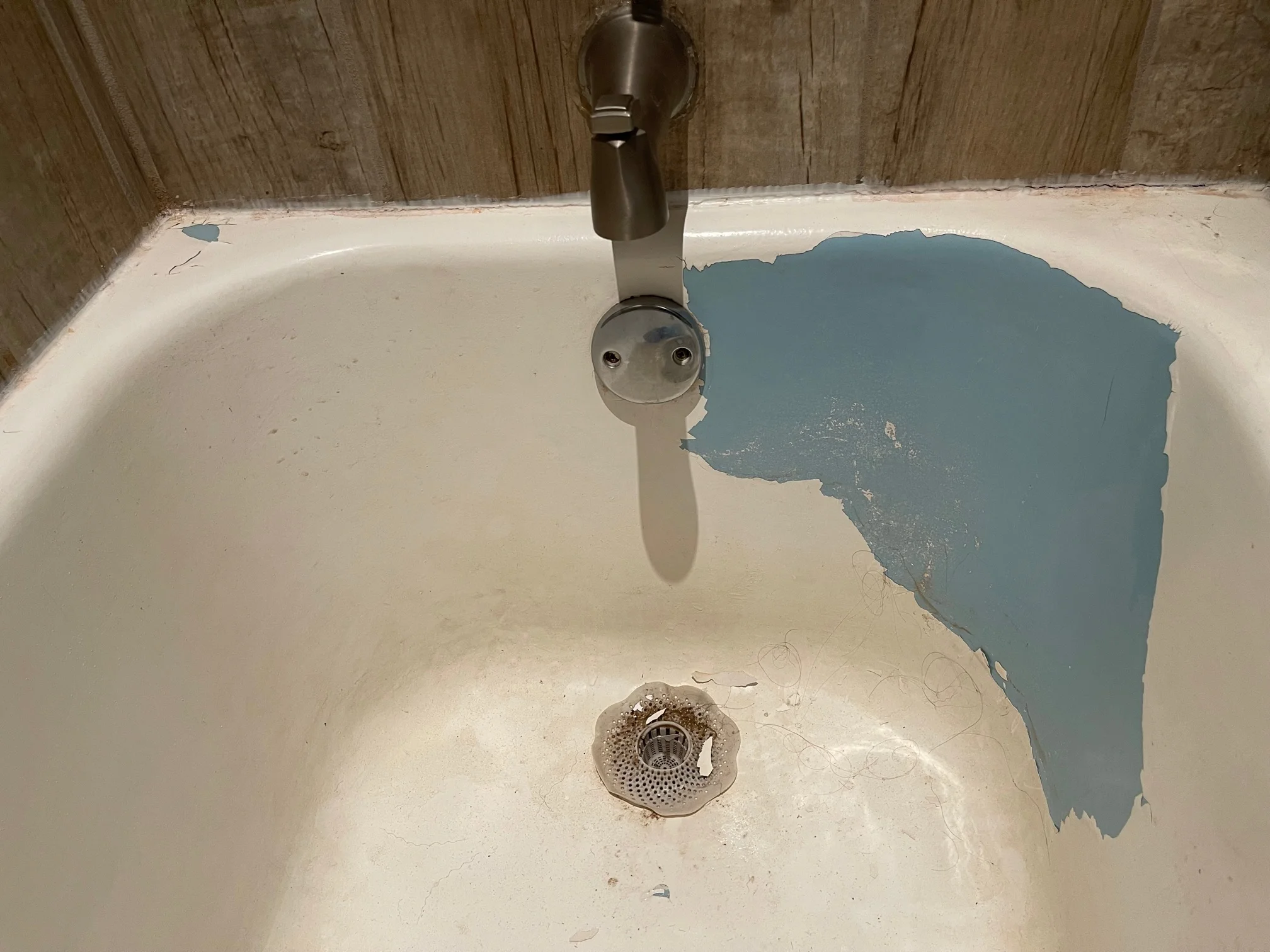
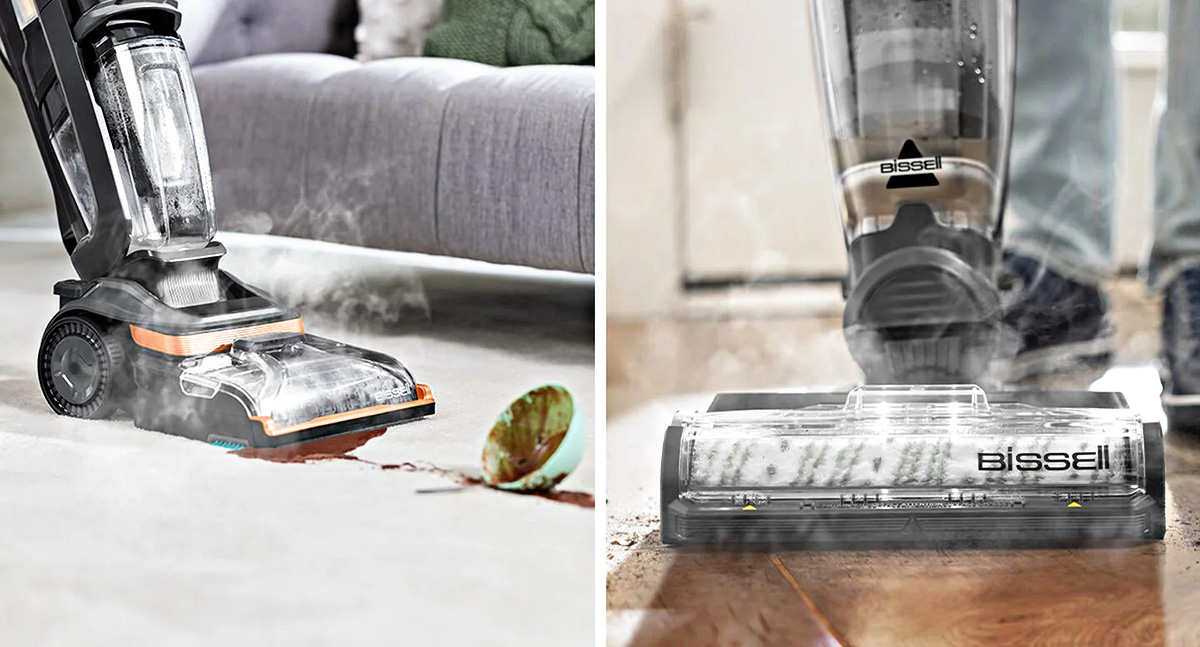
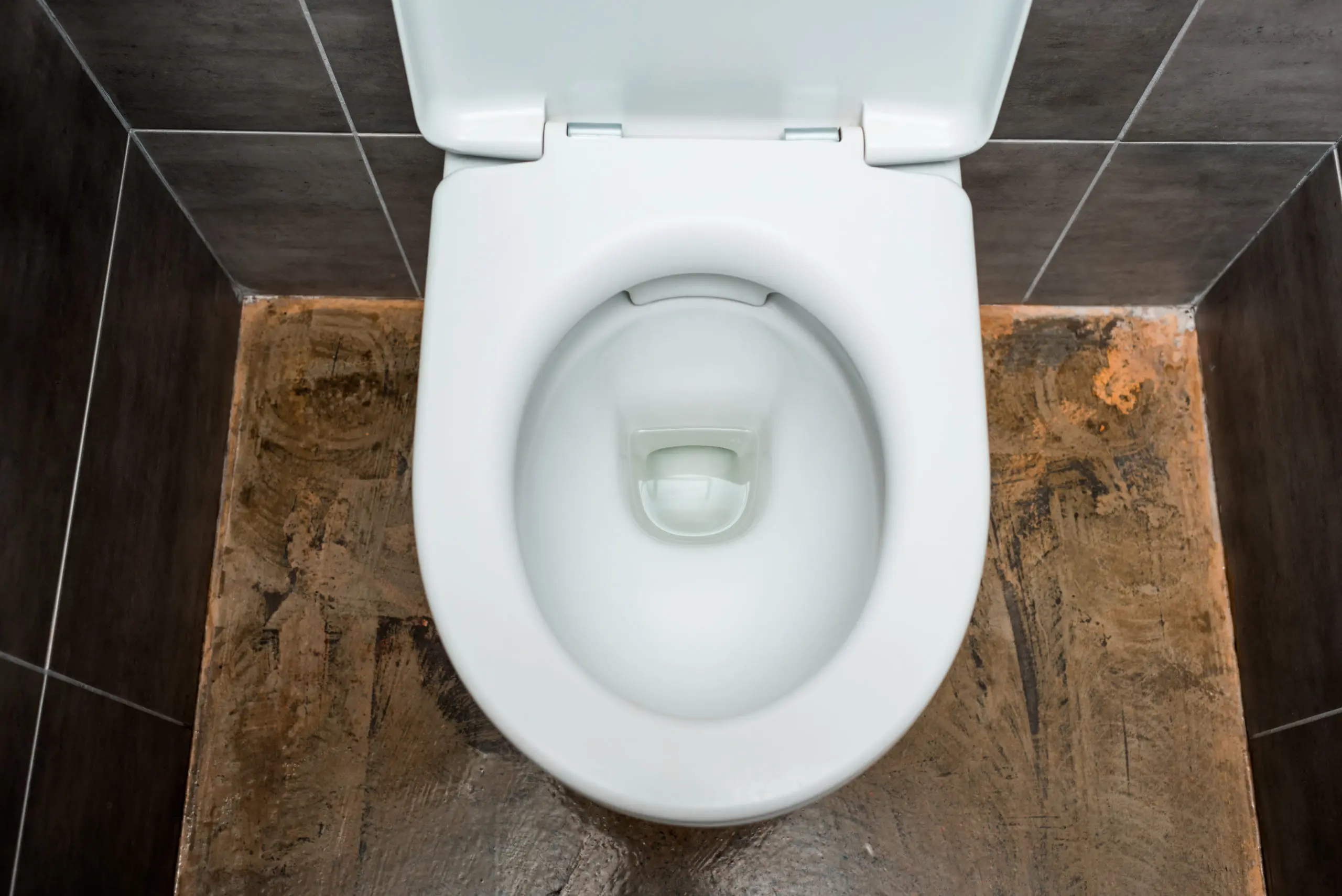
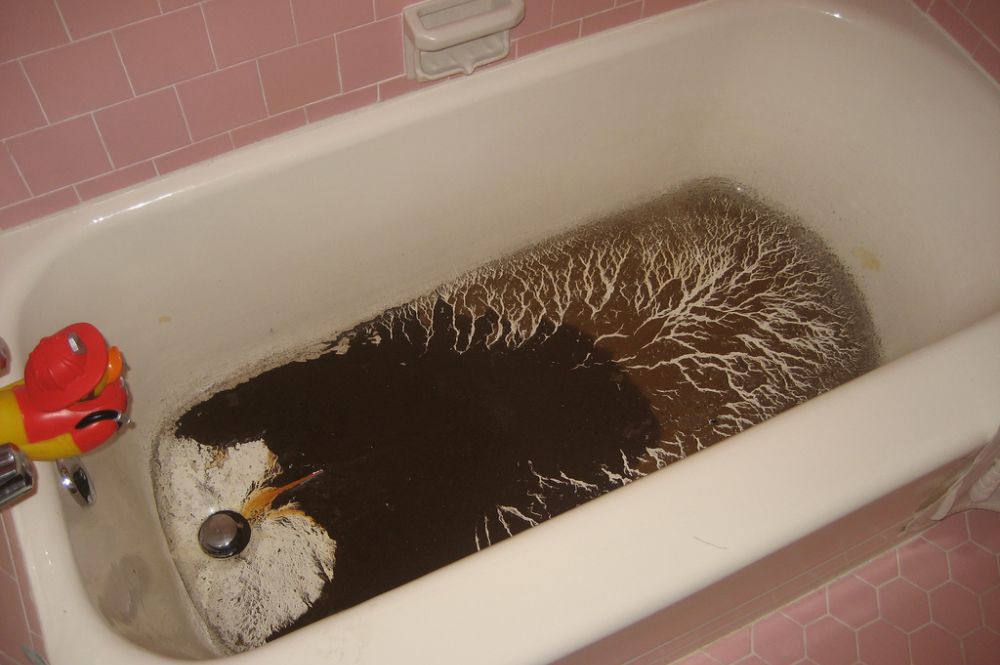

0 thoughts on “Why Is Water Backing Up Into My Bathtub”